Introduction to Microsoft Threat Protection
Join Trif and Bilal as they explain how Microsoft Threat Protection, brings together Microsoft’s arsenal of protection for an enterprise.To defend...
At Fastrack Technology, our vision is to fundamentally change the way our customers perceive and consume datacentre and network services.
Got any questions or concerns, or simply want to provide feedback to the team? Contact us today!
At Fastrack Technology, our vision is to fundamentally change the way our customers perceive and consume datacentre, network and collaboration services.
2 min read
Brodie Hamdorf March 13, 2020

In a word, 'handy'.
It's a single portal and a unified combination of protection tools IT admins can use to understand what's happening in their tenant without having to crawl through portal after portal.
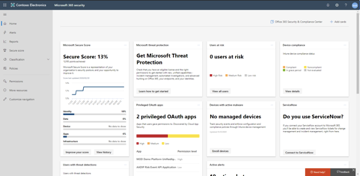

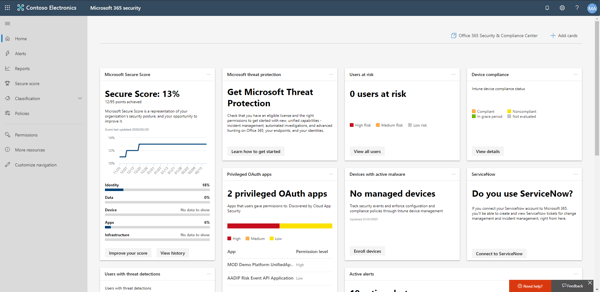
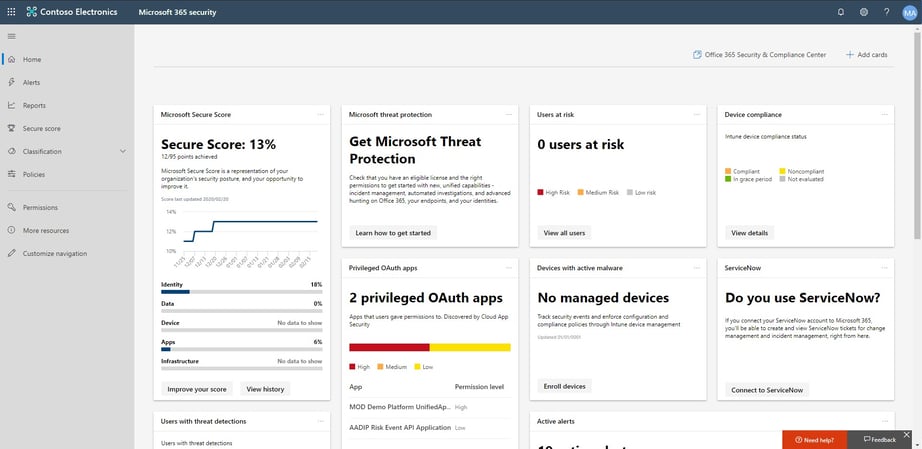
MTP acts as the hub for viewing current incidents and alerts, view reports to track your trends, visualise your overall posture with secure score, create policies for further protection and hunt for continued threats in your organisation.
The alert view has been the most useful when viewing all alerts across your Office tenancy. When a security threat is detected, in a single portal you'll have an immediate view of all alerts, any entities involved, the severity of the threat and its predicted impact, the category and the source. Drilling down into an individual alert you can also see a fleshed-out description of the alert and a direct link to that alert in its respective security centre.
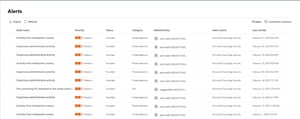
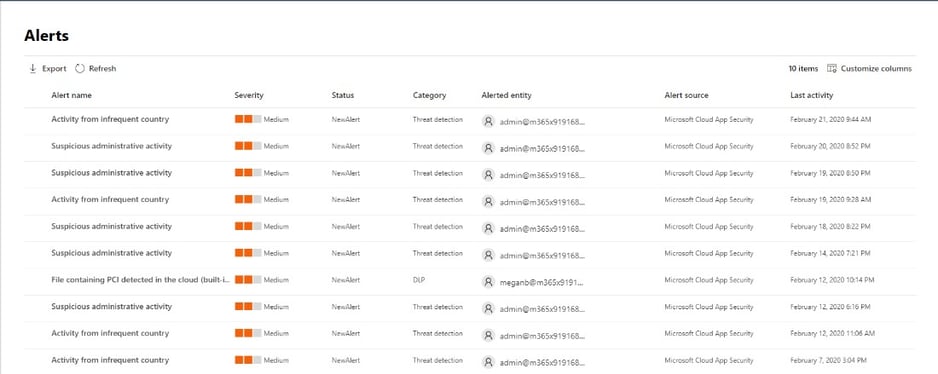
Look at all those easy to digest alerts.
Next, the report view. It provides an easy tile-based view of the four pillars of your environment: identity, data, devices and apps. In the report view, you can view any at-risk users, non-compliant or malware-affected devices and cloud application events (such as impersonations, or suspicious activity).
Microsoft spends $1 billion (USD) a year on cyber security. That's excellent, but there are just too many different portals that need to be accessed. I remember a time where I had to use three different remotes to turn on the TV. One for the TV, set-top box and speakers. The biggest opportunity I see is to create a single portal that shows me everything from pre-to-post-breach. My TV now comes with a smart remote that controls everything... (C'mon Microsoft).
Microsoft Threat Protection is an excellent addition to their suite of tools, but ultimately it's just another portal. However, the dashboard does make it easier for you to find the relevant security centre to manage each incident, as well as providing a direct link to the incident.
From experience, there is some latency in updating the status of the alerts after they’ve been dealt with. For example, after resolving several false-positive alerts I had to wait some time before that pesky alert disappeared. However, I'd take a delayed alert resolution over no centralised portal every day of the week.
MTP has relevance for organisations of all shapes and sizes. However, organisations with small IT teams or no dedicated SOC team will benefit most. It’s also a welcome addition for MSPs (like us) who are managing security across multiple customers, as it greatly reduces the amount of navigation to retrieve actionable alerts.
We've seen many platforms from Microsoft that have promised the world and under delivered. In saying that, what we like about Microsoft Threat Protection is that it's not promising anything new, but helping Microsoft deliver on a promise they've already made.
It's not adding to the ever-growing Microsoft Security portals. It simply a more useful and actionable way of organising data that we already had.
And that's a welcome change for any security conscious IT professional.

Join Trif and Bilal as they explain how Microsoft Threat Protection, brings together Microsoft’s arsenal of protection for an enterprise.To defend...

With new malware campaigns being launched every day, Office 365 Advanced Threat Protection has been designed to help protect your email, files, and...

Last year, Microsoft detected between 180-200 million phishing emails per month. In the same period, Symantec discovered a 600% increase in attacks...